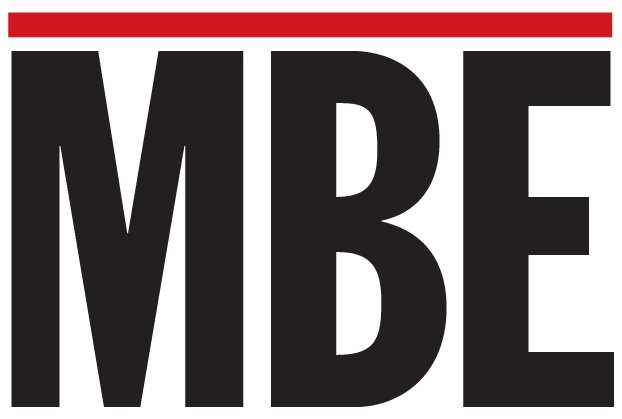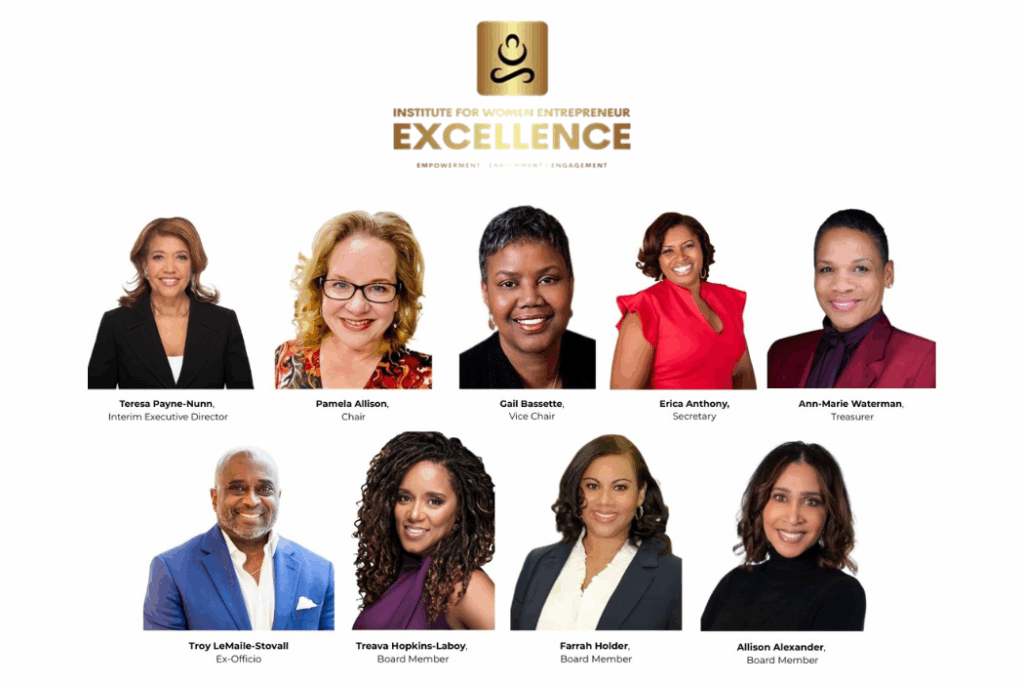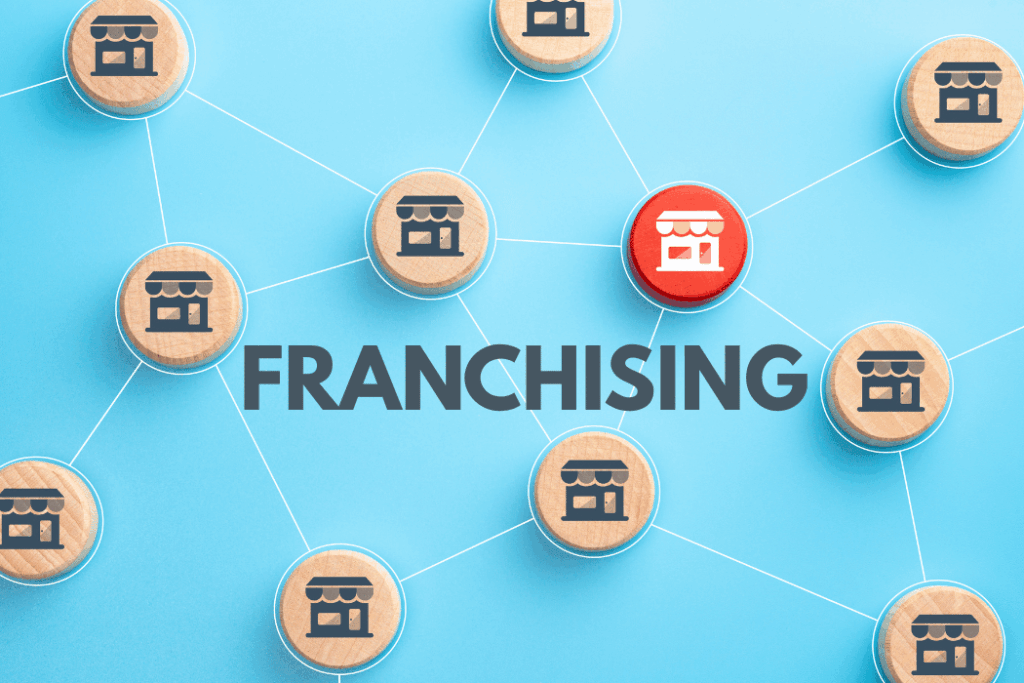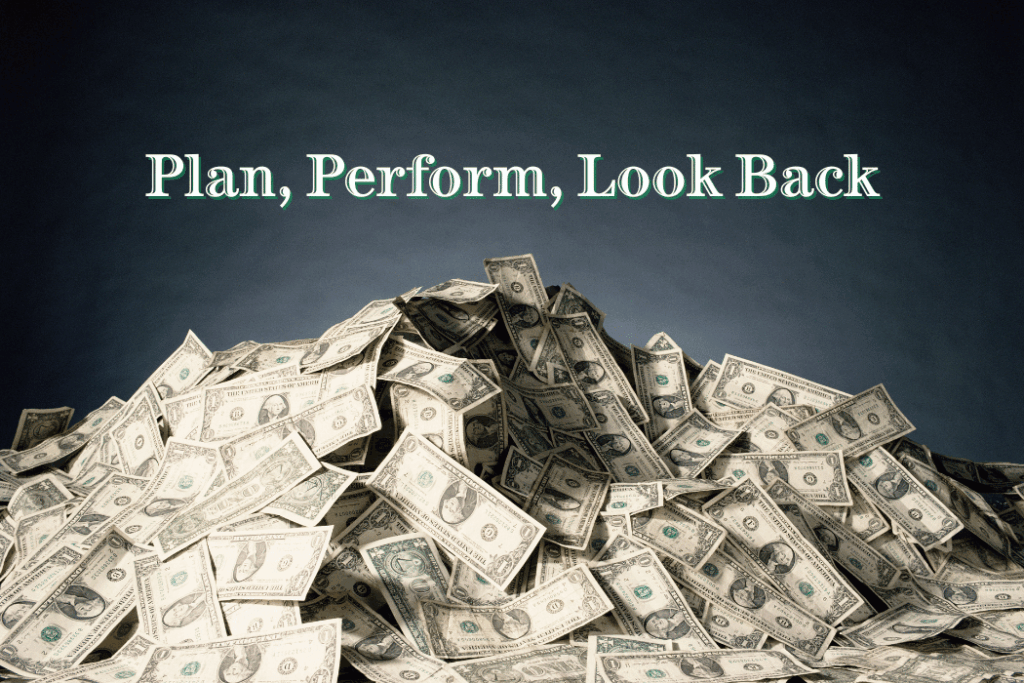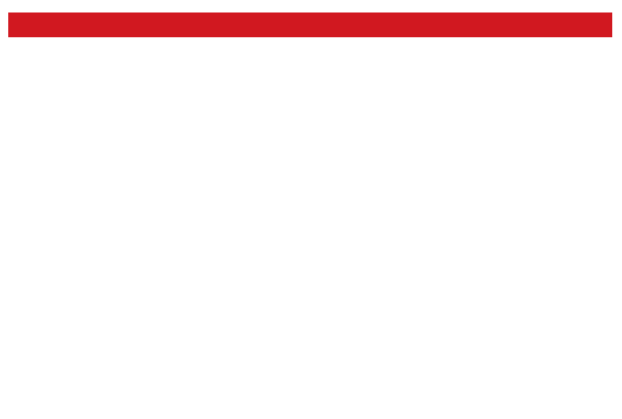
The ultimate guide to knowing exactly when your business can fund your wealth-building journey—and the costly mistakes most owners never see coming
In the complex landscape of entrepreneurship, knowing when and how to invest is often the difference between sustainable growth and financial instability. For many business owners, the path from surviving to thriving isn’t clearly marked, leaving entrepreneurs to navigate financial decisions with uncertainty.
Heather Parsons, a seasoned financial expert and founder of Summit CFO, helps hundreds of entrepreneurs navigate business investing, offers a refreshing perspective on what it truly means to be “investment ready.” In this exclusive interview, Parsons shares critical insights on financial resilience, profit discipline, and strategic investment timing that can transform how entrepreneurs approach their business finances.
Redefining Investment Readiness
Unlike conventional wisdom that focuses solely on attracting external investors, Parsons approaches investment readiness from a more holistic perspective.
“Being investment ready means that you’re ready to do something outside of your business,” Parsons explains. “Not necessarily bring investors in, but you’re ready to create a different revenue stream. Something that is maybe a little bit more passive, something that doesn’t require your full time and attention every day.”
This alternative definition shifts the focus from seeking capital to building sustainable wealth through diversified revenue streams. For entrepreneurs who’ve been solely focused on their primary business, this perspective opens new possibilities for wealth creation.
“Whenever I talk about being investment ready, I really mean, are you ready to generate another stream of revenue and grow your family’s worth and your generational wealth?” says Parsons.
The Investment Readiness Checklist: A Roadmap for Entrepreneurs
To help business owners assess their financial preparedness, Parsons created the Investment Readiness Checklist—a comprehensive tool featuring a series of questions designed to evaluate if a business is financially organized and ready for the next step.
“It’s really questions to get you thinking about ‘Is my house in order before I go do something else?’” she explains. “Even if you’re going to bring in internal investors, do you have things in place to make that easier for you and to make sure that you’ve really built a solid foundation for your business?”
While many entrepreneurs might feel pressure to meet every criterion before moving forward, Parsons offers a more realistic benchmark. “Our recommendation is that you really need to be about 80 to 85 percent of the way,” she advises. This practical approach acknowledges that while perfection is unattainable, having most of your financial foundations in place significantly reduces risk.
Timing Your Investment Strategy: Finding the Sweet Spot
The question of when to begin investing outside your primary business remains one of the most challenging decisions for entrepreneurs. Invest too early, and you might compromise your business’s cash flow; wait too long, and you could miss valuable opportunities for wealth diversification.
Parsons identifies common pitfalls in investment timing: “If you’re an entrepreneur, like me, who depends on my business to run my household, you need to know what your budget is. So how much can I cut back on what I bring to my house to make these investments?”
This practical consideration is often overlooked by entrepreneurs eager to expand their investment portfolio. Parsons cautions that investments, particularly in areas like real estate, should be approached with a long-term mindset.
“Investing in real estate with cash from my business is a very long-term play. It needs to be money that I’m not going to need for the next 15 to 20 years because getting that money back can be risky, especially if you need to do it at the wrong time,” she warns.
On the flip side, waiting too long to invest can leave entrepreneurs with insufficient time to build substantial wealth before retirement. According to Parsons, the ideal investment window arrives when:
- Your business is established
- You understand your household budget requirements
- You know exactly how much you need to extract from your business
- You’re no longer taking every dollar your business produces
When these conditions align, Parsons suggests it’s time to explore diversification strategies beyond your primary business.
Smart Reinvestment for Business Growth
For businesses that are profitable but hesitant about reinvesting, Parsons emphasizes the importance of having a clear roadmap before allocating funds.
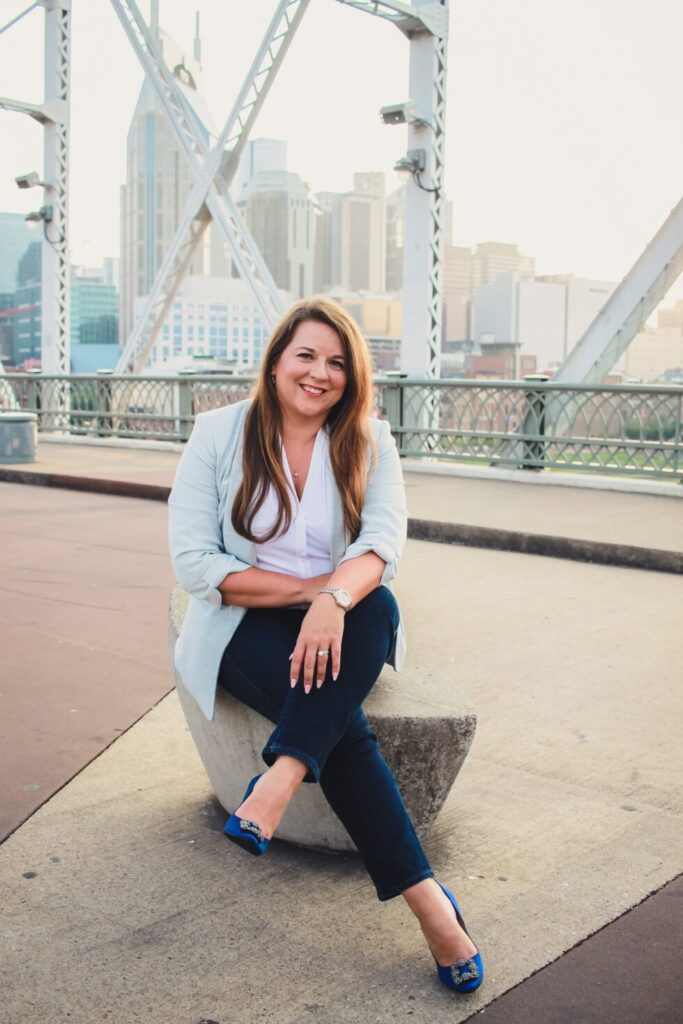
“What does that investment look like? What is that going to do for you and your business?” she asks. “Because just adding more people and adding more money without an end goal in mind is not really ideal.”
This strategic approach requires entrepreneurs to establish concrete expectations for their investments. “If I bring in a sales manager today and I’m going to invest $100,000 for example, at what point should I expect to have three, four, five hundred thousand dollars in return based on my investment?” Parsons explains.
By defining specific returns on investment, business owners can make more informed decisions about where and how to allocate their financial resources.
Budgeting Blind Spots: Where Entrepreneurs Over and Underspend
While most entrepreneurs are familiar with basic budgeting principles, certain financial areas consistently remain overlooked. Parsons identifies marketing as a critical area where businesses often underspend.
“Do you have a funnel and a pipeline of folks who you’re bringing in regularly? I think that’s one place that people miss,” she notes. This oversight can result in revenue gaps as existing engagements conclude without new clients ready to take their place.
Another common blind spot involves emergency preparations. “Are you creating a nest egg?” Parsons asks. “Because I don’t know about anyone else, but for me, I’ve never had a scenario in business where something doesn’t go wrong.”
Whether facing unexpected business expenses or personal financial emergencies, having cash reserves provides essential protection against unforeseen circumstances. Parsons advises consistently setting aside portions of distributions to build this financial buffer.
Building Financial Resilience in Uncertain Economic Times
In today’s volatile economic landscape, financial resilience has become a necessity rather than a luxury for small businesses. Parsons recommends focusing on creating recession-resistant offerings as a foundational component of resilience.
“What is my core offer? And how can I make it as recession resistant as possible?” she advises entrepreneurs to consider. “Am I doing things to make sure that I’m keeping in touch with the market? Do I know what my clients truly need and want? And am I delivering that?”
Beyond product offerings, Parsons emphasizes intentional spending habits. “We have to get away from this mindset of I have money in the bank and now I can go spend it,” she cautions. Instead, she advocates for a tiered budgeting approach:
- A “beans and rice” budget that covers essential expenses
- A comfortable budget for standard operations
- A growth budget for when financial targets are being met
This hierarchical approach helps entrepreneurs prioritize spending while maintaining financial stability through various economic conditions.
Profit Discipline: The Foundation of Sustainable Growth
While revenue growth often dominates business discussions, Parsons places greater emphasis on profit discipline—the systematic approach to managing and allocating business profits.
“Revenue is for vanity and cash flow is for sanity,” she quotes, highlighting the distinction between impressive top-line numbers and practical bottom-line results. For entrepreneurs focused on long-term sustainability, maximizing net profit becomes the priority.
Parsons provides a practical framework for profit allocation: “I never recommend that entrepreneurs take out more than 50 to 60 percent of their profit.” This guideline ensures businesses retain sufficient capital for reinvestment while preparing for tax obligations—a particularly important consideration for single-member LLCs where business and personal tax liabilities intersect.
Navigating Financial Management Without a CFO
For small business owners operating without dedicated financial teams, staying on top of financial metrics can seem overwhelming. Parsons suggests starting with professional bookkeeping support.
“If you’re not to the point that you have a CFO, I think starting out with somebody to help you with the books is super important,” she advises. While many entrepreneurs can handle basic accounting through tools like QuickBooks, professional assistance helps identify tax advantages and prevent costly oversights.
Additionally, Parsons recommends implementing cash flow management tools early. “We have a free cash flow forecasting tool,” she mentions, emphasizing the importance of regular financial monitoring. “Get in the habit of really just looking at the numbers. They’re not always going to be fun, but knowing where your money’s coming in from and where it’s going out to is super important.”
Taking the First Step Toward Financial Confidence
For entrepreneurs feeling overwhelmed by their financial situation, Parsons offers a straightforward first step: separate business and personal finances.
“The first thing I think that entrepreneurs and business owners need to do to start building a smarter investment strategy, even if they are behind, is around just looking at your financials and trying to make sure that you have your business and your personal finances separated,” she advises.
This fundamental separation creates clarity that makes subsequent financial management steps more manageable. From there, entrepreneurs can gradually implement more sophisticated financial practices, potentially with support from resources like Parsons’ online community.
The path to investment readiness isn’t about reaching a single financial milestone but developing a comprehensive approach to financial management that supports both business sustainability and personal wealth creation.
By following Parsons’ guidance—assessing readiness, timing investments strategically, reinvesting with clear expectations, addressing financial blind spots, building resilience, practicing profit discipline, and implementing proper financial management tools—entrepreneurs can transform their relationship with business finances.
For business owners ready to take the next step in their financial journey, Parsons welcomes inquiries through her website at thesummitcfo.com or directly at heather@thesummitcfo.com.
